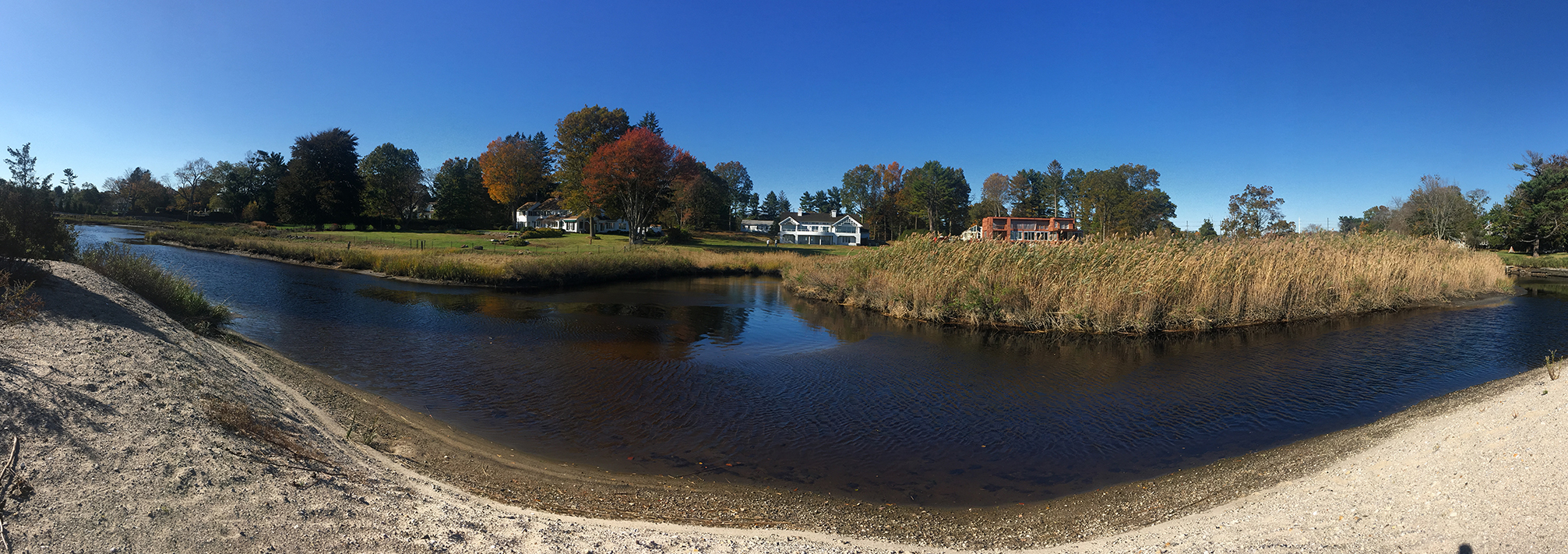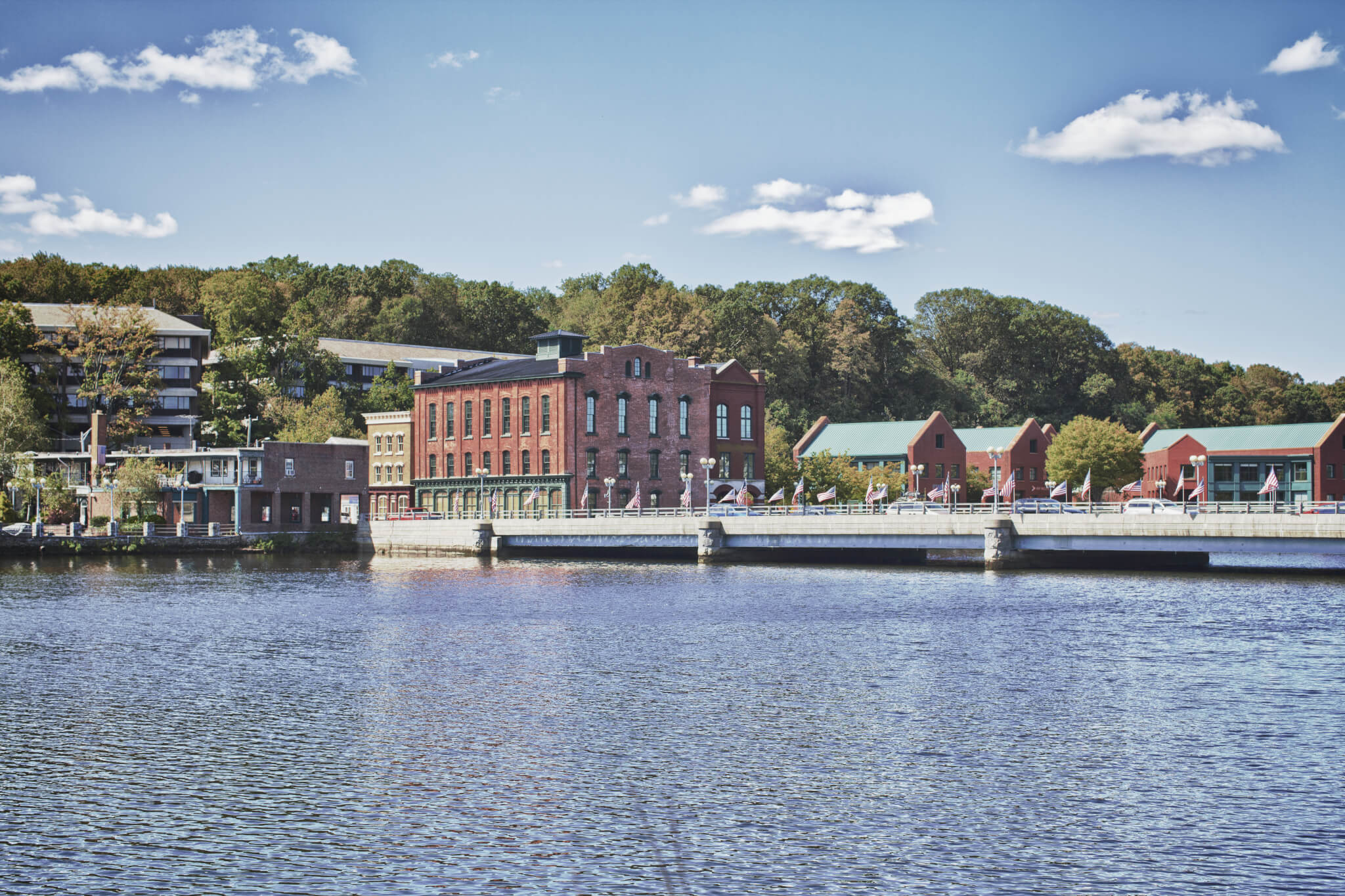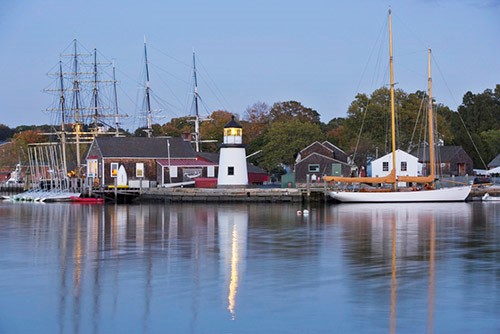
Planning and Guidance

Guidance for Community Decision Makers
Communities depend upon clean, coastal waters for recreation, tourism, boating, fishing and plentiful seafood. By setting and meeting nitrogen limits in coastal rivers, harbors and bays, we can restore and sustain healthy conditions now and for future generations. By taking critical steps, community members and leaders can identify the sources of land-based nitrogen pollution impacting coastal waters – and apply solutions where they will be most effective.
1. Assess nitrogen problems using best available science and monitoring
- Calculate coastal nitrogen loads from human sources
- CT NEMO online map viewer estimates nitrogen loads from fertilizers, wastewater and the atmosphere
- Identify impacts from nitrogen pollution by reviewing water quality data, monitoring reports and studies
- CT DEEP 2016 Integrated Water Quality Report
- Unified Water Study (UWS) collects data to assess the ecological health of the Sounds bays and harbors.
- Set restoration endpoints that restore ecological health and protect swimming and fishing
- Evidence-based pollution thresholds are used to determine the amount of nitrogen an embayment can handle while still supporting a desired condition – such as the absence of harmful algal blooms or the presence of seagrass.
- US EPA is studying options for ecological endpoints and nitrogen thresholds for Long Island Sound embayments.
- Southern New England and New York Seagrass Research (TNC 2014) evaluates conditions and estimates nitrogen thresholds supportive of eelgrass recovery.
2. Build collaborative, watershed-based nitrogen reduction plans
- Engage a variety of stakeholders in plan development to get diverse points of view, enhance public understanding and encourage early and ongoing participation in solutions
- Hold public meetings and presentations
- Develop communications, publications and media releases
- Solicit feedback through surveys and online media outlets
- Set nitrogen reduction targets that protect swimming, fishing and ecological health
- Estimate reductions needed to achieve or maintain desired water quality conditions
- Estimate potential load reductions from pollution sources – (Saugatuck River Watershed Nitrogen Reduction Scenario Map)
- Select technology and practice alternatives
- Compare characteristics of nitrogen reduction options
- Identify areas where solutions could be implemented; prioritize solutions for critical areas
- Identify funding sources and policy gaps
- Estimate financial and technical resources needed to implement projects (including installation and ongoing oversight or monitoring)
- Identify policy barriers to project implementation
- Identify the entity responsible for implementing the plan
3. Take actions to reduce nitrogen
- Secure finance solutions and investment strategies
- Enact policy and code changes to enable water quality solutions
- Establish nitrogen reduction requirements
- Incentivize management practices and behavior changes
- Implement infrastructure upgrades
4. Track nitrogen reduction progress
- Monitor ecological recovery and water quality improvements
- Unified Water Study (UWS) monitoring
- Identify and fill data and information gaps
- Communicate progress to stakeholders
5. Adjust actions to improve nitrogen reduction for clean coastal water
- Review progress toward reduction targets
- Revise plans, strategies and targets as necessary to achieve success

Case Study: Saugatuck River Watershed
Scientists have determined nitrogen pollution from wastewater and fertilizers poses serious risks to the Saugatuck River, Long Island Sound and community health. Upgrading wastewater systems and reducing fertilizer use are proven to improve water quality. Fortunately, research shows residents support taking quick action to safeguard healthy waters in Saugatuck River and Long Island Sound.

Case Study: Nitrogen Reduction Action Planning in Stonington
Stonington’s clean and healthy coastal waters support tourism, boating, fishing and arguably, the world’s best oysters. But nitrogen pollution from wastewater, fertilizers and the atmosphere, threatens the health of rivers, harbors and bays and puts community well-being at risk. Despite great progress upgrading sewage treatment plants, many of Connecticut’s coastal water ways are suffering from hypoxia, harmful algal blooms, nuisance seaweeds and devastating loss of seagrass habitat. But there is hope!
